Kim Jaesung Dunuchon (김재성두부촌)
10.5 Km 25748 2024-02-21
1F, 76 Buchang-ro, Nonsan-si, Chungcheongnam-do
041-735-2914
Kim Jaesung Dunuchon is a specialty restaurant where you can taste homemade bean curd dishes. They make bean curd using traditional methods with Korean soybeans, resulting in a smooth and savory flavor. Their bean curd is known for its tender texture and richness, especially when enjoyed with aged kimchi (fermented cabbage kimchi) matured for three years. Their menu includes dubuchon jeongsik (tricolor bean curd and boiled pork slices set menu), dubu bossam (napa wraps with pork and bean curd), dubu baekban (bean curd set menu), dubu duruchigi (stir-fried bean curd), and sogogi beoseot dubu jeongol (beef, mushroom and bean curd hot pot).
Nonsan Ganggyeong Salted Seafood Festival (논산강경젓갈축제)
10.6 Km 25876 2023-09-18
45, Geumbaek-ro, Nonsan-si, Chungcheongnam-do
+82-41-730- 2973
Nonsan Ganggyeong Salted Seafood Festival is held in the town where the largest salted seafood market in Korea is located. The salted seafood in the area is known for its long tradition and special process. During the festival period, visitors can buy salted seafood at special discounted prices.
Himart - Nonsan Branch [Tax Refund Shop] (하이마트 논산점)
10.9 Km 0 2024-04-19
395, Jungang-ro, Nonsan-si, Chungcheongnam-do
-
Ganggyeong Oknyeobong Park (강경 옥녀봉)
10.9 Km 31946 2020-03-21
Bukok-ri, Nonsan-si, Chungcheongnam-do
+82-41-746-8503
Oknyeobong Peak is one of the eight scenic views of Nonsan and offers a great overview of the Geumgang River as it flows through the Ganggyeong district. Continuing out into the distance, views of Nonsan and Iksan can be seen, bringing to mind a traditional painting of a mountain and river. The scenery is so beautiful that there is a myth of mountain gods coming down to play and bathe during the full moon.
The signal-fire tower at the peak was built to receieve signals from the tower on Gwangduwonsan Mountain in Iksan, and passes the message along to Noseong signal-fire tower. The park is also in the area of the nation's earliest Baptist church, making it famous for people on a pilgrimage to sacred places.
Historic Site of General Gyebaek (계백장군 유적지)
11.9 Km 8628 2020-06-18
Sinpung-ri, Nonsan-si, Chungcheongnam-do
+82-41-746-8431
Gyebaek (? - 660) was a general in the ancient Korean kingdom of Baekje. This historic site is not far from Hwangsanbeol, the last battlefield of General Gyebaek who fell defending Baekje at the end of its days. Allied troops from Silla and Tang attacked Tanhyeon and Baekgang, strategic sites held by Baekje, in 660 (the 20th year of King Uija’s reign).
General Gyebaek and his 5,000 soldiers fought against General Kim Yu-sin and his 50,000 soldiers. General Gyebaek successfully defeated the allied troops four times, but was ultimately unable to overcome the insurmountable numbers brought to bear by his foe. The Baekje army was finally defeated, and the last general of Baekje, Gyebaek, died in the battle.
Iksan Seodong Festival (익산서동축제)
12.1 Km 24455 2024-04-07
41-14 Godo 9-gil, Geumma-myeon, Iksan-si, Jeonbuk-do
+82-63-843-8817
Iksan Seodong Festival is held in Seodong Park in Iksan. Iksan is home to the love story of Prince Seodong, who would later become King Mu, for Princess Sunhwa. The festival, which started as the Mahan Folk Festival in 1969, was renamed in 2004 and celebrates the 1400-year history of the Baekje Kingdom.
Geumma Reservoir (금마저수지)
12.1 Km 4178 2024-04-07
Donggodo-ri, Geumma-myeon, Iksan-si, Jeonbuk-do
+82-63-859-3818
Looking towards the south from the top of Mireuksan Mountain, one can see Geumma Reservoir. The reservoir is shaped like the Korean peninsula. Hence it is also referred to as Jido Yeonmot, or Map Pond. The terrain is especially beautiful when viewing it through the fog in the early mornings.
The water comes from Mireuksan Mountain, ensuring a steady supply of water throughout the year. There are no factories or other contaminants nearby so the water quality is of the highest grade. Near the reservoir, one can find Seodong Park and Mahan Hall. Seodong Park is a sculpture park displaying various sculptures such as a bronze statue of Baekje’s King Muwang of Baekje and a statue of Seodong’s Princess Seonhwa. Mahan Hall showcases the lifestyle and culture of Mahan, a tribal confederation during the Samhan period. The park also features various facilities such as an observatory, fishing spot and a promenade.
Mireuksa Temple Site [UNESCO World Heritage] (익산 미륵사지 [유네스코 세계문화유산])
12.1 Km 22104 2024-04-07
362, Mireuksaji-ro, Iksan-si, Jeonbuk-do
+82-63-859-3873
Mireuksa was the largest Buddhist temple of the ancient Baekje Kingdom (18 BC-AD 660). According to Samgukyusa (historical records published in 1281), King Mu (30th king of Baekje, in power AD 600-641) and his wife Queen Seonhwa were said to have seen a vision of Mireuksamjon (the three Sanskrit) emerging from a large pond. At the time of their revelation, the king and queen were on their way to visit a Buddhist monk in Sajasa Temple on Yonghwasan Mountain (now known as Mireuksan Mountain). In response to their vision, the king drained the nearby pond and established Mireuksa Temple. The temple is believed to have shown the most advanced architectural and cultural skills of Baekje, Silla, and Goguryeo (the three main kingdoms at that time). Records indicate that King Jinpyeong of Silla even sent his craftsmen over to assist with the temple construction.
The two main features of the Mireuksa Temple Site are the stone pagoda (Mireuksaji Seoktap) and the flagpole supports (Mireuksaji Dangganjiju). The 14.24-meter-high west stone pagoda (National Treasure No. 11) is the oldest and largest Korean stone pagoda in existence. The west pagoda currently has only six tiers, but is estimated to originally have had nine. The nine-story east stone pagoda (27.67 meters in x_height) was restored to its original stature in 1993 based on historical records. Other surviving landmarks include the flagpole supports (Treasure No. 236) to the south of the stone pagodas. The 395 centimeter-tall poles are estimated to have been created during the Unified Silla period (AD 676-935) and are set 90 meters apart from east to west.
Seodong Park (서동공원)
12.1 Km 31880 2024-04-07
41-14, Godo 9-gil, Geumma-myeon, Iksan-si, Jeonbuk-do
+82-63-859-3818
Built alongside the Geumma Reservoir, Seodong Park traces its origins to ancient records from the 600 AD with historical figures (Princess Seonhwa and Seodong, King Mu). More than 100 works of art can be found in the park, including twelve Chinese zodiac animal statues and sculptures of Princess Seonhwa and Seodong. The central plaza features a statue of King Mu, and various amenities such as the Mahan Museum, a children's forest playground, a picnic area, a fountain, and a riverside plaza enrich the experience for visitors.
Iksan National Museum (국립익산박물관)
12.3 Km 14685 2024-04-07
362, Mireuksaji-ro, Iksan-si, Jeonbuk-do
+82-63-830-0900
Iksan National Museum is located near Mireuksa Temple Site (Historic Site No. 150), one of the largest temples of the Baekje dynasty during the Three Kingdoms Period. A total of roughly 19,200 artifacts were unearthed during archaeological research in 1980-1996, and the museum was opened as Mireuksa Temple Site National Museum in 1997 to display these findings. The Stone Pagoda of Mireuksa Temple Site (National Treasure No. 11) was restored in 2009, and the site was recognized as a World Heritage by the UNESCO in 2015, afterwhich the museum name was changed to the current Iksan National Museum. The museum also offers various cultural events and programs, including on-site education, historical and cultural lectures, and summer culture school.
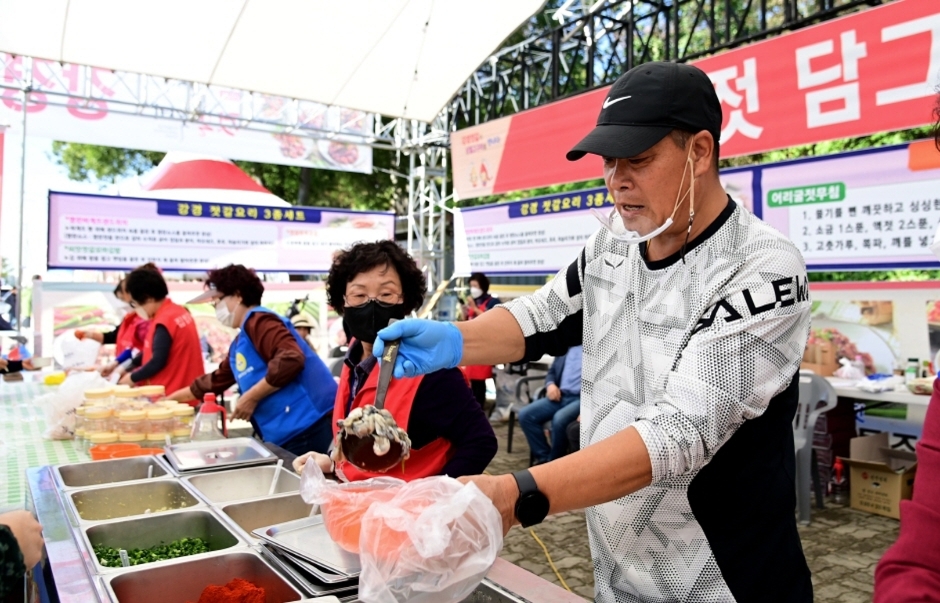
![Himart - Nonsan Branch [Tax Refund Shop] (하이마트 논산점)](http://tong.visitkorea.or.kr/cms/resource/45/2883345_image2_1.jpg)
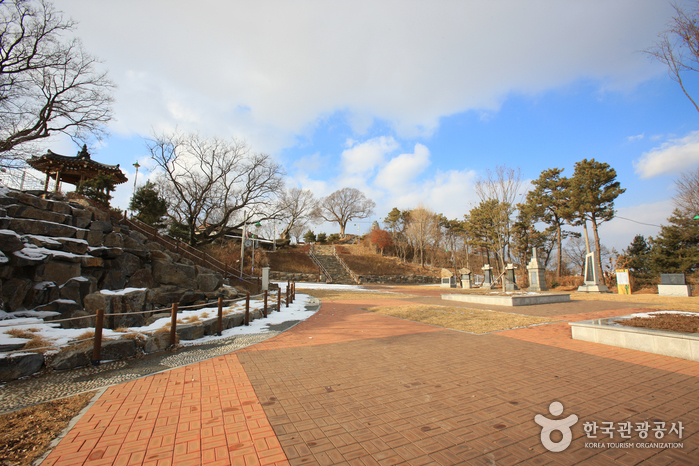
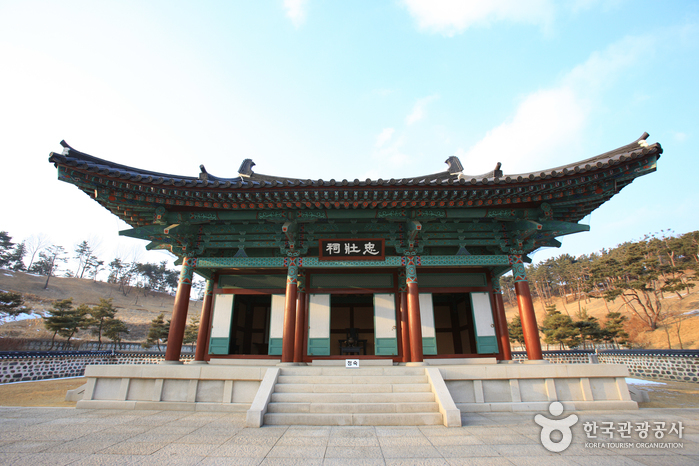
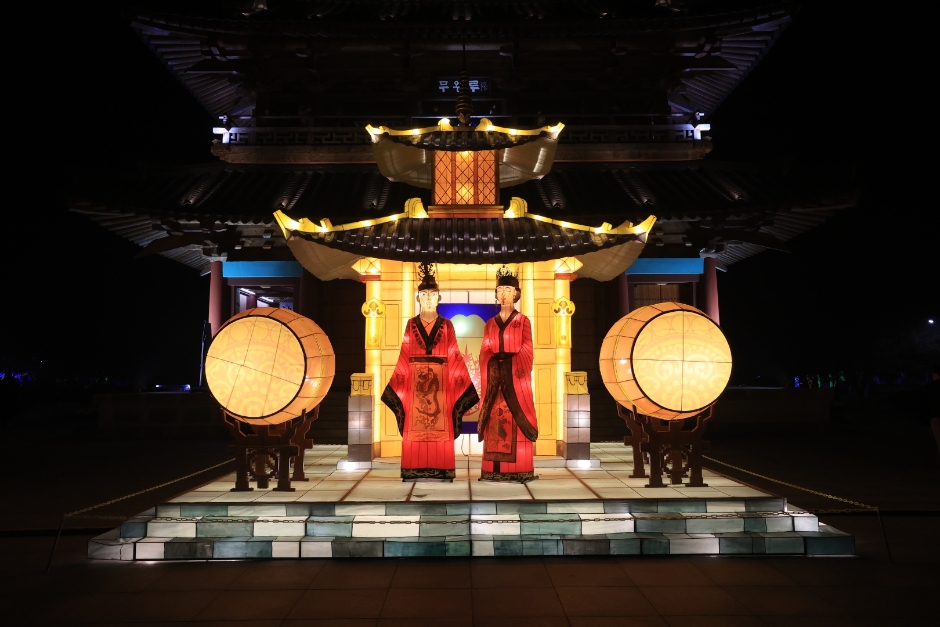
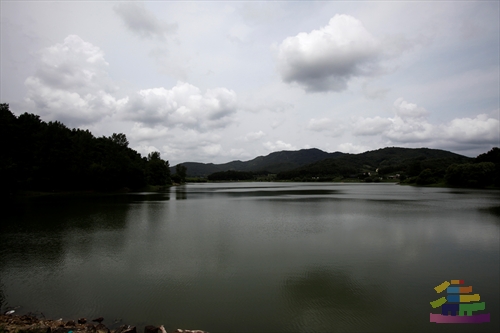
![Mireuksa Temple Site [UNESCO World Heritage] (익산 미륵사지 [유네스코 세계문화유산])](http://tong.visitkorea.or.kr/cms/resource/91/2514991_image2_1.jpg)
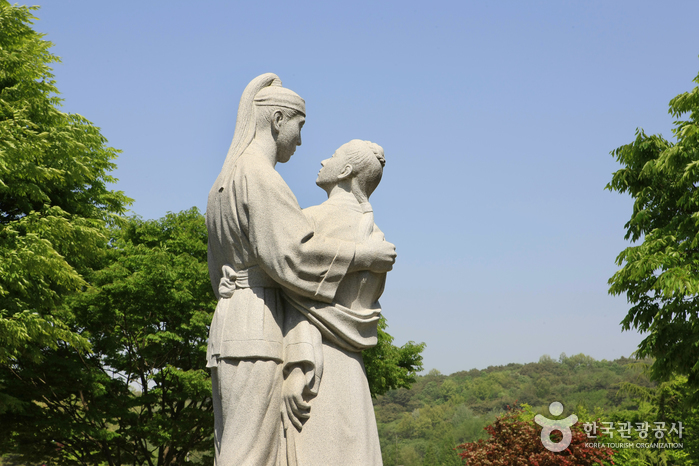
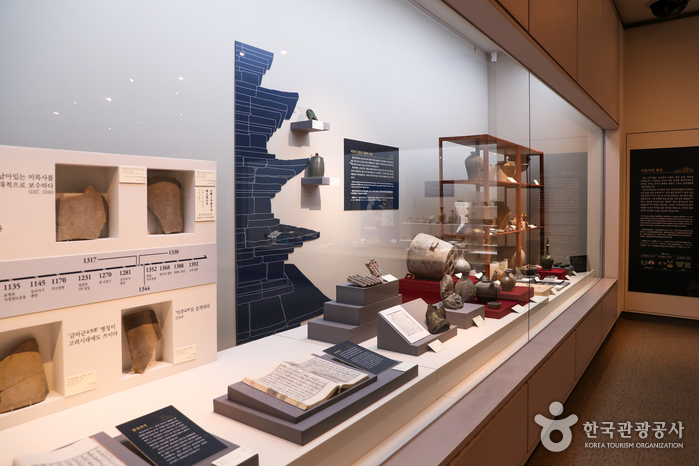
 English
English
 한국어
한국어 日本語
日本語 中文(简体)
中文(简体) Deutsch
Deutsch Français
Français Español
Español Русский
Русский